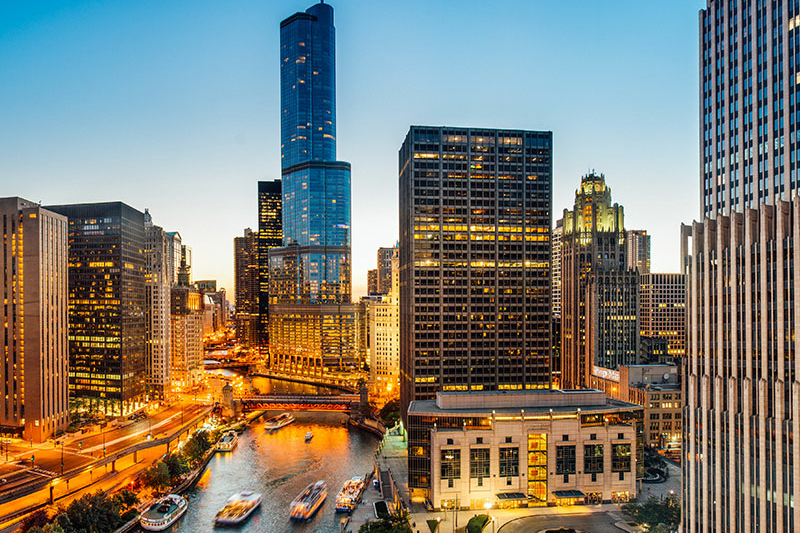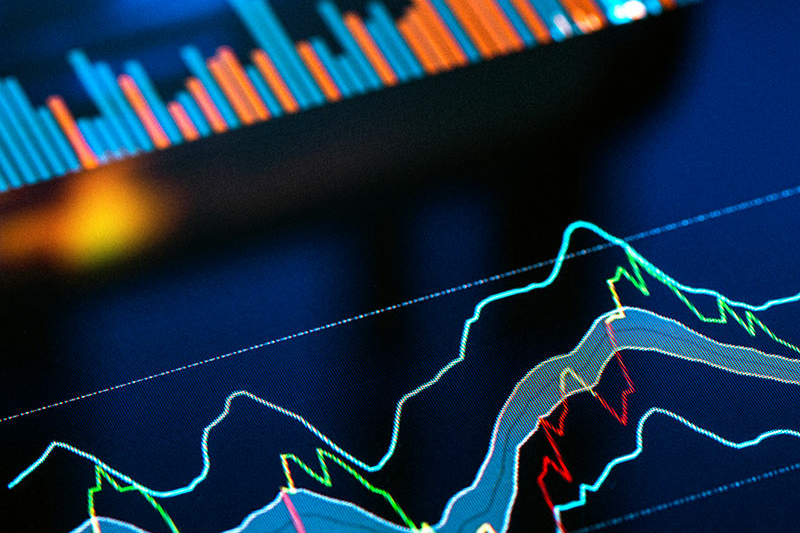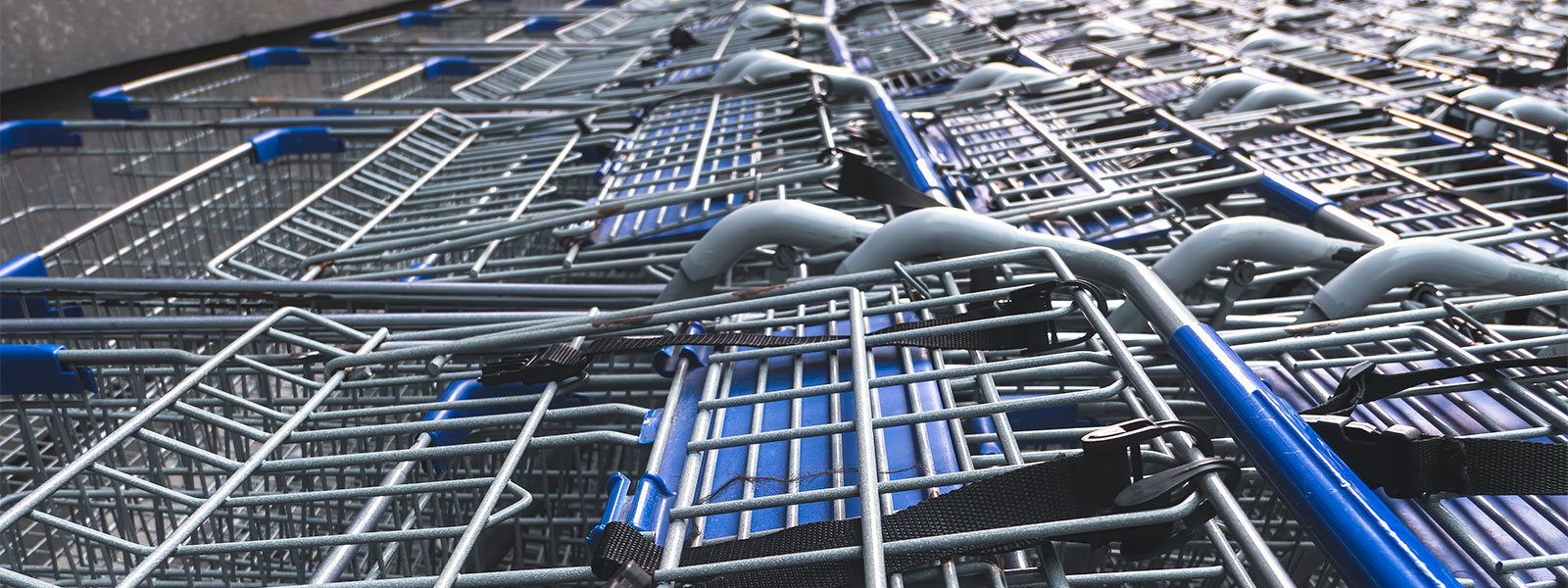US M&A settles back down
Deal value in the first half of 2022 could not match the record-breaking level of activity in 2021

US M&A deal levels remain robust, despite dropping from historic highs set in 2021
US M&A activity eased off in the first half of 2022 following an annus mirabilis for US M&A in 2021. Total value slipped to US$995.3 billion, a 29 percent year-on-year fall, though this is consistent with dollar volumes seen before the pandemic and so remains healthy by historic standards. Deal volume also fell, by 21 percent to 3,818 transactions. While this also remains above average, there was a material softening in the frequency of deals moving through Q2, which saw a quarter-on-quarter drop of 22 percent to levels last seen in Q1 2020, when the market was just beginning to recover from the initial shock of the pandemic.
A lot has happened this year to test acquirers’ nerves. Inflation concerns had already begun to set in before the war in Ukraine started. The conflict catalyzed further unease in capital markets as well as exacerbated supply chain troubles which have, in part, contributed to inflationary pressures. The S&P 500 officially entered a bear market in mid-June, and the Federal Reserve has embarked on a monetary tightening program to bring prices under control, leading to an increase in financing costs.
Regulations are another consideration. The SEC has taken the SPAC market to task, proposing accountability for deal parties and intermediaries for inflated projections. This type of transaction ground to a standstill in Q2 this year, as participants digested their risk exposure and the implications of the regulator’s proposals weighing on overall M&A volume. More recently we have seen some truly innovative SPAC structures that have the potential to re-stimulate interest in these deals.
For the most part, the US M&A market has stood up impressively to everything that has been thrown at it, which alone is solid grounds for optimism. Despite technology stocks being sold off heavily in equity markets, the sector has once again outperformed on the M&A front as companies and PE sponsors, who remain heavily armed with dry powder in spite of the more challenging deal financing conditions, continue to be attracted to innovation.
The fall in price-to-earnings ratios in the public markets and EBITDA multiples in private markets mean that, all else being equal, acquisitions are more attractive today than they were a year ago. Naturally, investors remain cautious as they closely watch how inflation plays out, the Fed response and the impact of those actions on underlying economic growth. However, the second half of 2022 has the potential to reclaim some of the confidence lost in recent months.
Deal value in the first half of 2022 could not match the record-breaking level of activity in 2021

Despite facing economic and regulatory hurdles in H1, PE dealmaking remains resilient, and looks set to reach its second-highest value on record

After a series of rollercoaster years for the SPAC market, investors and sponsors are finding ways to improve deal integrity


Deal activity in consumer and retail decline as inflation worries hit confidence
Explore the data
Consumer and retail sector M&A took a backseat in 2022. A total of 226 deals were announced in the US year-to-date, a 34 percent drop compared to the first half of last year. Aggregate deal value dropped by an even steeper rate to US$22.1 billion, a 60 percent shortfall on H1 2021.
The more challenging deal conditions in the consumer and retail sector this year can be seen not only in the drop in the value and volume of deals but in the abandoned M&A process for department store chain Kohl's. The retail chain had been in sale talks with Franchise Group but pulled the deal in late June, after cutting its outlook for the second quarter.
The easing of pandemic constraints in Q1 helped consumer businesses, but this welcome reprieve was shortly offset by a worsening macroeconomic outlook. Spiraling inflation—the consumer price index reached a post-1970s high of 9.1 percent in July—has seriously dented consumer and investor confidence.
Rising interest rates will increase unemployment—this means that Americans are tightening their belts and reining in discretionary spending where possible. In June, the University of Michigan Consumer Sentiment Index fell to an all-time low, although the index edged up slightly in the July survey.
34%
Percentage decrease in the volume of deals targeting the US consumer sector in H1 2022 compared to H1 2021
US$22.1
billion
The value of 226 deals targeting the US consumer sector in H1 2022
There are still pockets of opportunity, however, that are benefiting from strong secular trends. ESG is a major motivator for deals, as is health and wellness, as consumers take better care of themselves. In the largest deal of the year so far, Nasdaq-listed Mondelēz International, the owner of Oreo and other iconic snack brands, picked up Clif Bar & Company for US$2.9 billion. Clif specializes in energy bars that use organic ingredients, aimed at fitness enthusiasts who are mindful of what they put in their bodies.
Consumer demand for ESG presents an excellent opportunity for investment and acquisitions into sustainable brands. Companies that are socially conscious and promote diversity and inclusion (D&I) will also receive considerable interest from potential buyers.
For now, the macro environment may not be conducive to major retail acquisitions, particularly those involving listed groups exposed to recent market volatility. But private consumer companies with star products are still very much on the menu, as strategics and sponsors look to reposition their portfolios for future growth.
White & Case means the international legal practice comprising White & Case LLP, a New York State registered limited liability partnership, White & Case LLP, a limited liability partnership incorporated under English law and all other affiliated partnerships, companies and entities.
This article is prepared for the general information of interested persons. It is not, and does not attempt to be, comprehensive in nature. Due to the general nature of its content, it should not be regarded as legal advice.
© 2022 White & Case LLP